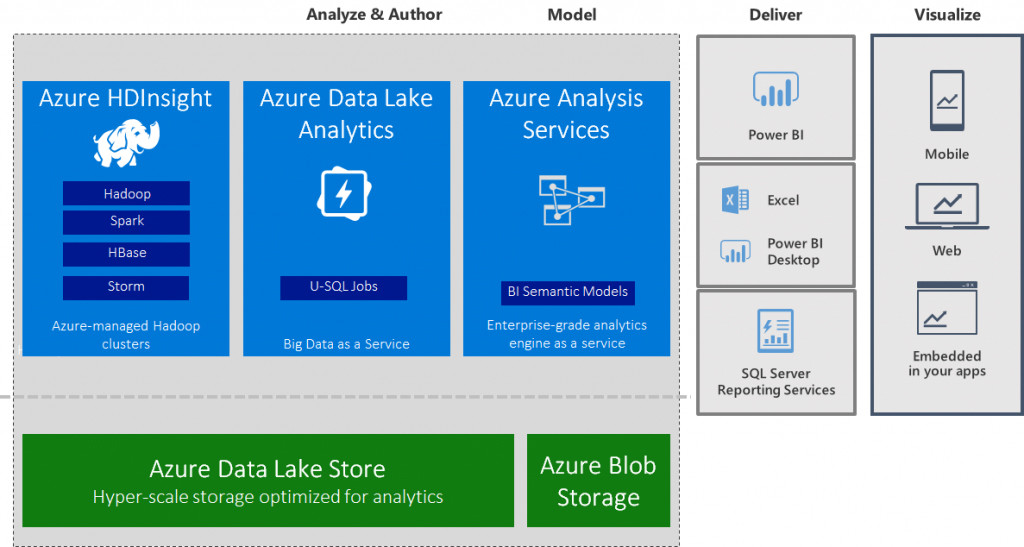

To view the data in the fact table and statistics about the data, click the Preview Data button. To enable or disable the advanced options, on the Create Analytic View pane, click the Show Advanced Options icon at the bottom left. After you select a table or view, click OK. Clear the field to show the complete list again. As you type, the list changes to show the tables or views that contain the characters. To filter the list, begin typing characters in the Filter field. The Select Sources dialog box has a list of the available tables and views. In the Fact Table field, expand the drop-down list and click More Sources. You can only create an Analytic View in that schema. The Schema field has the current user's schema. In the Name field, specify a name of your choice. You can also preview the data of the fact table and see statistics about that data. On the General tab of the Create Analytic View pane, specify the following: It makes complex data more accessible and easier to understand. This tool runs complex and hierarchical SQL queries along with SQL extensions in the background, which simplifies real-time calculations. These avenues include data insights, improved hierarchy navigation, and the addition of hierarchy-aware calculations. They also open new avenues for analyzing data. Share your Analytic Views with the tool of your choice over various options of raw data consumption to draw meaningful insights and make them accessible to any userīy identifying relationships among tables and columns, Analytic Views enable your system to optimize queries.Analyze your data across dimensions with support for hierarchical aggregation and drill-down.Automatically display meaningful insights to help you make better decisions.Calculate total number of errors present in the Analytic View you create and provide solutions to minimize the errors.Visualize, analyze and inspect your data clearly and efficiently with pivot tables.


 0 kommentar(er)
0 kommentar(er)
